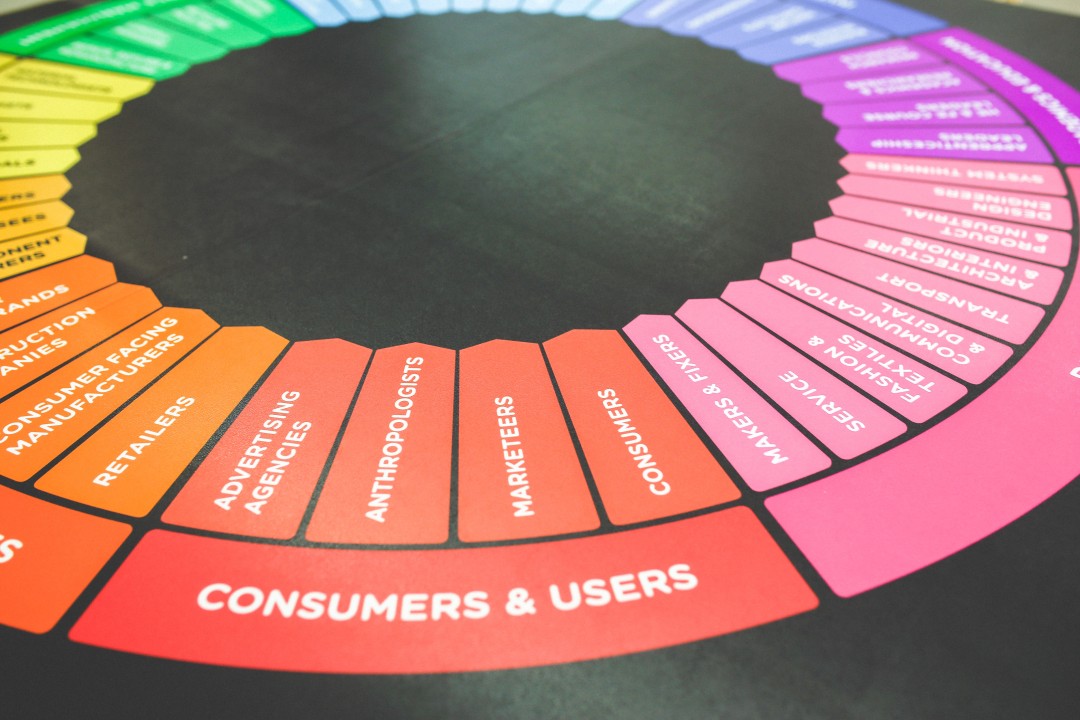

A bird in the hand is worth two in the bush. This age-old proverb holds true even in today’s dynamic and competitive business environment. Many marketing strategists today preach the importance of customer retention, even going so far as to place it as a priority ahead of customer acquisition.
Yet, we continue to see focus on customer acquisition in marketing. Industry experts have attributed this gap in marketing strategy to an oversimplified understanding of business growth, ignoring data that loyal customers are several times more likely to try new offerings. Lest we forget, charting a company’s growth can often be a number’s game, and customer acquisition represents quick wins for companies looking to pad their KPIs. Despite its costs, customer acquisition is a lot more straightforward than customer retention, as is seen in digital marketing where ad spend is positively correlated to new customers.
Having worked with various brands in all my years at The Activation Group, one of the most common pitfalls I have noticed is the active separation of the two strategies. In my opinion, both customer retention and acquisition are integral parts of customer strategy and growth and represent two sides of the same coin – but what exactly does it take to build a successful customer strategy?
As I mentioned earlier, successful customer strategies bank on a holistic approach to both retention and acquisition, ensuring that they retain their customers by fostering brand loyalty while expanding their pipeline by attracting new customers. How can brands achieve this? The answer is relationship marketing.
Last month, we held a webinar touching on the key points of brand loyalty, and one of the things we mentioned was establishing a relationship with the customer. The key difference between a retention-centric strategy, as opposed to one that is loyalty-centric, is the approach taken in getting customers to return. Retention-centric strategies approach existing customers with the idea of attracting customers to make a return purchase. As such, they look towards reward systems, and incentivization. While this is a necessary goal for brands, it is a missed opportunity for some to take it to the next level.
Loyalty-centric customer strategies rely on fostering relationships. Economist, Tom Hockley, from the London School of Economics and Political Science, wrote in his findings that loyal customers perceive their bond with brands in a similar manner to the bond they have with friends.
Adopting this insight means that brands must take a human approach to winning customer loyalty. Asking the right questions such as, “How can we forge empathy and trust?” or “Are our engagements with customers honest and sincere?” is crucial in establishing an environment where consumers are more willing to advocate for your brand.
I think one crucial question that companies looking to establish customer loyalty must ask themselves revolves around their own loyalty to their customers. A quick scan of a brand’s marketing efforts can easily answer the question. If your brand is spending a disproportionate amount of resources in looking to establish new sales leads and allowing customer service training, technology and the overall return experience to fall behind, then perhaps your company needs to look at strengthening its own loyalty to customers. If your brand is also merely rewarding existing customers, without investing in proper communication channels to engage them, or looking for avenues to personalize their experience – then you may need to look at how you can evolve this transactional relationship to one that goes beyond the dollars and cents.
The key concept to remember here, is emotional investment, and just like any other relationship, you must give to receive.
As a consumer, think back about the last time you had a disappointing experience with a company. Perhaps you saw an interesting digital ad on Facebook, clicked on it and had an intuitive purchasing experience. The product, unfortunately, comes damaged – and you are faced with customer service representatives who are not empowered to help customers resolve their issues, either from lack of knowledge, or authority. This disconnect could quickly turn the good work your company has done into something negative – losing not only a new customer, but turning that customer against you.
Aside from the knock-on effect of grooming organic spokespeople through relationship marketing, the approach also holds another distinct advantage for customer acquisition. Brands that take the time to consider the experience of walking a mile in their customer’s shoes before even the first engagement often end up providing a seamless experience from introduction, to engagement, to purchase and even the after-sales experience.
To me, that is they takeaway to the reason why relationship marketing is such a key strategy in customer acquisition. It allows you the opportunity to gain insight and remove any points of friction from the customer’s entire experience with your brand.
Amazon CEO and founder, Jeff Bezos, was once quoted saying how the company had “an obsessive-compulsive focus on customers over competition”, attributing this approach to be one of Amazon’s four pillars of success. Know what your customers want, and you win half the battle.
This is where technology comes into play. Social media, and other digital tracking tools, have allowed brands to collect and study market data like never before. Expert marketers today can turn collected data from existing customers and potential markets into highly personalised and seamless experiences for consumers.
In summary, using technology to humanise customer experience may sound counter-intuitive but is exactly what is needed in today’s ultra-competitive landscape. It is an effective tool, and paired with skillful use of relationship marketing, can reap a bountiful harvest for brands looking to foster customer loyalty or build new pipelines. Like all gardens however, you only reap what you sow, and brands must continue to invest in their customers to see the relationship bloom.